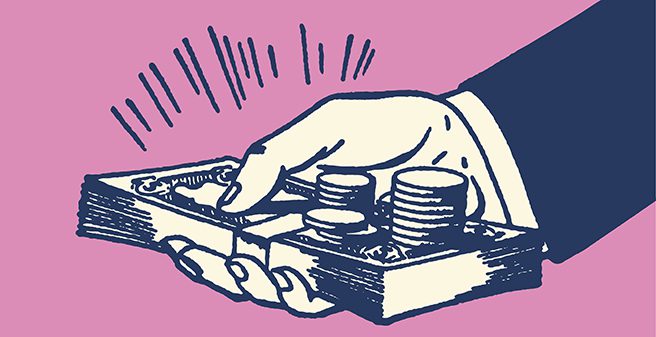As junior doctors, most of you would have used a Higher Education Loan Program (HELP) loan to fund your university studies. Here we answer the most frequently asked questions on HELP.
How is HELP Debt repaid?
The actual calculation and compulsory repayment of your HELP debt occurs with the preparation and lodgement of your income tax return each year. That is, if you are lodging your own tax return, it is due for lodgement on 31 October or alternatively, if you use the services of a tax agent, you have until mid the following year – this date is subject to change yearly and is decided by the ATO.
How much will I have to repay each year?
HELP loan repayments are based on income thresholds and an associated repayment percentage. These thresholds change each year. The repayment thresholds for the 2022 financial year are shown in Table 1 below. As soon as you earn over the minimum repayment threshold, you start to make compulsory repayments of your HELP loan.
Note: The repayment income in Table 1 is calculated as your taxable income plus your net investment loss, total reportable fringe benefits amount, reportable superannuation contributions and any exempt foreign employment income. HELP Debt repayments only kick in once your repayment income exceeds $47,014 for the 2021/22 tax year (current tax year) at a minimum repayment rate of 1% per year up to a maximum of 10% per year of your repayment income. The below sets out the various repayment bands and percentages.
An example:
If your taxable income is $75,000, you have reportable fringe benefits of $4,000 and an investment loss of $1,000, then your repayment income for the year is $80,000. Based on the table below, the HELP loan repayment rate for $80,000 income is 5% which means that the HELP loan repayment for the year is $4,000 (5% of $80,000).
Note: The ATO uses this method to calculate your HELP loan repayment each year when you lodge your tax return.
Table 1: 2022 HELP Loan Repayment Thresholds:
| Repayment Income | Repayment Rate |
| Below $47,014 | Nil |
| $47,014 – $54,282 | 1.0% |
| $54,283 – $57,538 | 2.0% |
| $57,539 – $60,991 | 2.5% |
| $60,992 – $64,651 | 3.0% |
| $64,652 – $68,529 | 3.5% |
| $68,530 – $72,641 | 4.0% |
| $72,642 – $77,001 | 4.5% |
| $77,002 – $81,620 | 5.0% |
| $81,621 – $86,518 | 5.5% |
| $86,519 – $91,709 | 6.0% |
| $91,710 – $97,212 | 6.5% |
| $97,213 – $103,045 | 7.0% |
| $103,046 – $109,227 | 7.5% |
| $109,228 – $115,781 | 8.0% |
| $115,782 – $122,728 | 8.5% |
| $122,729 – $130,092 | 9.0% |
| $130,093 – $137,897 | 9.5% |
| $137,898 and above | 10% |
How are compulsory HELP loan repayments paid?
If you are paid as an employee, your employer withholds an additional amount from your salary during the year to cover your compulsory HELP repayment. This is then adjusted to the correct repayment amount when you lodge your tax return.
Note: the additional withholding will only occur if you have let your payroll department know that you have a HELP debt. If you have not done this, then the base withholding will not be sufficient to cover your HELP repayment, and you will likely have a tax bill upon lodgement of your income tax return.
How can I check my HELP loan Balance?
If you want to check your HELP loan balance, you can check it online through your myGov account and the ATO link.
Is interest charged on HELP loans?
The good news is that your HELP debt is likely going to be the cheapest debt that you will have. There is no interest charged on HELP loans, but rather indexation is applied, on 1 June each year. The indexation percentage varies year to year. On 1 June 2021, an indexation rate of 0.6% was applied to HELP loans. This means that if you had a HELP loan of $50,000 in the 2021 financial year, it increased by $300 (0.6%) on the 1 June 2021.
Can I make additional repayments to my HELP loan?
Yes, you can make voluntary repayments towards your HELP loan in addition to your annual compulsory repayments. This can be done easily online through your myGov account and the ATO link using either BPAY or a credit or debit card. Note that if you make a voluntary repayment, you will still have to pay your compulsory repayment for the year. Where you have other personal debt, we recommend that you obtain some financial advice as to whether it is most beneficial to pay down this debt rather than other personal loans.











